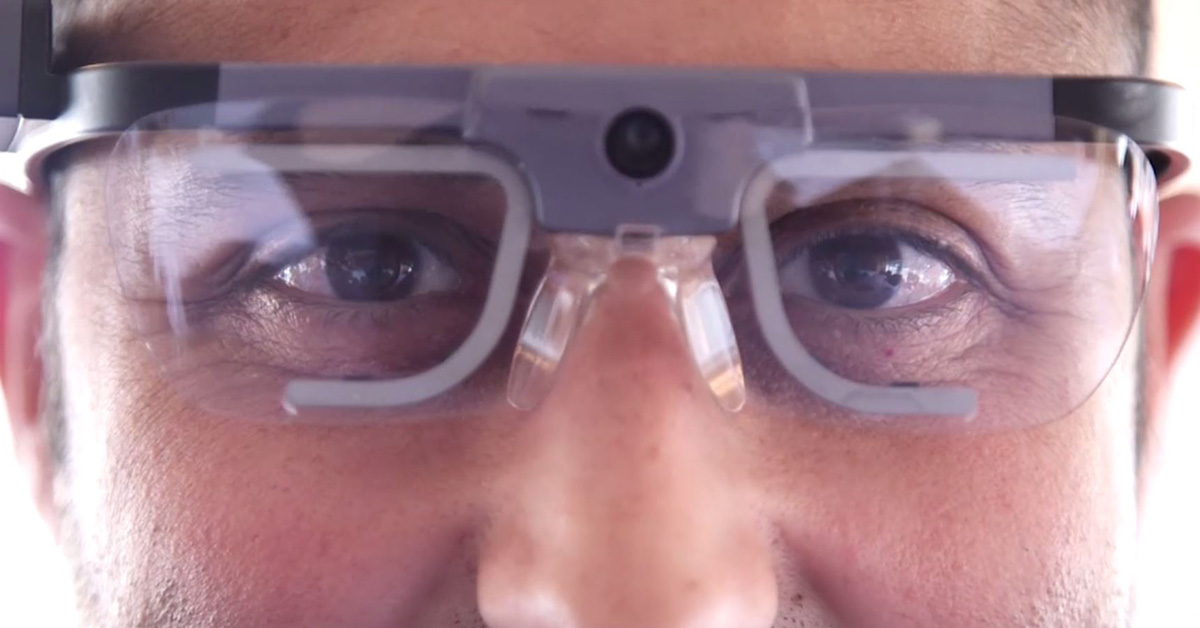Several tricks of the trade can help retailers present merchandise to facilitate sales. Retailers must attempt to empathize with the shopping experience and answer the following questions.
- How does the shopper expect to find the merchandise?
- Is it easier to view, understand, and ultimately purchase the item when it is presented as a total concept or presented by style, size, color, flavors or price?
Retailers utilize various forms of atmospheric effects, theatrical effects, graphics, and signs to facilitate sales. The challenge for the brand is to align with the retailer and build a win-win merchandise strategy.
Don't miss the shelf context
When you develop a new packaging concept, the biggest mistake is to miss the shelf context. Many companies do pack screening research, and it normally includes competition.
But, it rarely takes place in a shelf context. Thus, it is not surprising that on-shelf concerns tied to visibility and shopability are often missed or understated. The absence of shelf context makes it difficult to gauge whether proposed changes are significant enough to make a difference from four feet away, which is often critical to get the shoppers attention and drive sales.
Tip! Never use CAPITAL letters in store
To be successful in store, we must have fluency in consideration. Take the example of letters which we put on our POS or packaging design. We sometimes see information written in capital letters mostly for aesthetic reasons. Unfortunately, this creates a barrier for the autopilot to process the information.
Words presented in capital letters forces our brain to behave as if we had just learned to read. We must read letter by letter. Consequently, this makes reading relatively slow and energy consuming. Capital letters might look nice. But they are less fluent and therefore less effective if the message we send out in the store relies on efficient perception. So never use capital letters on your POS.








